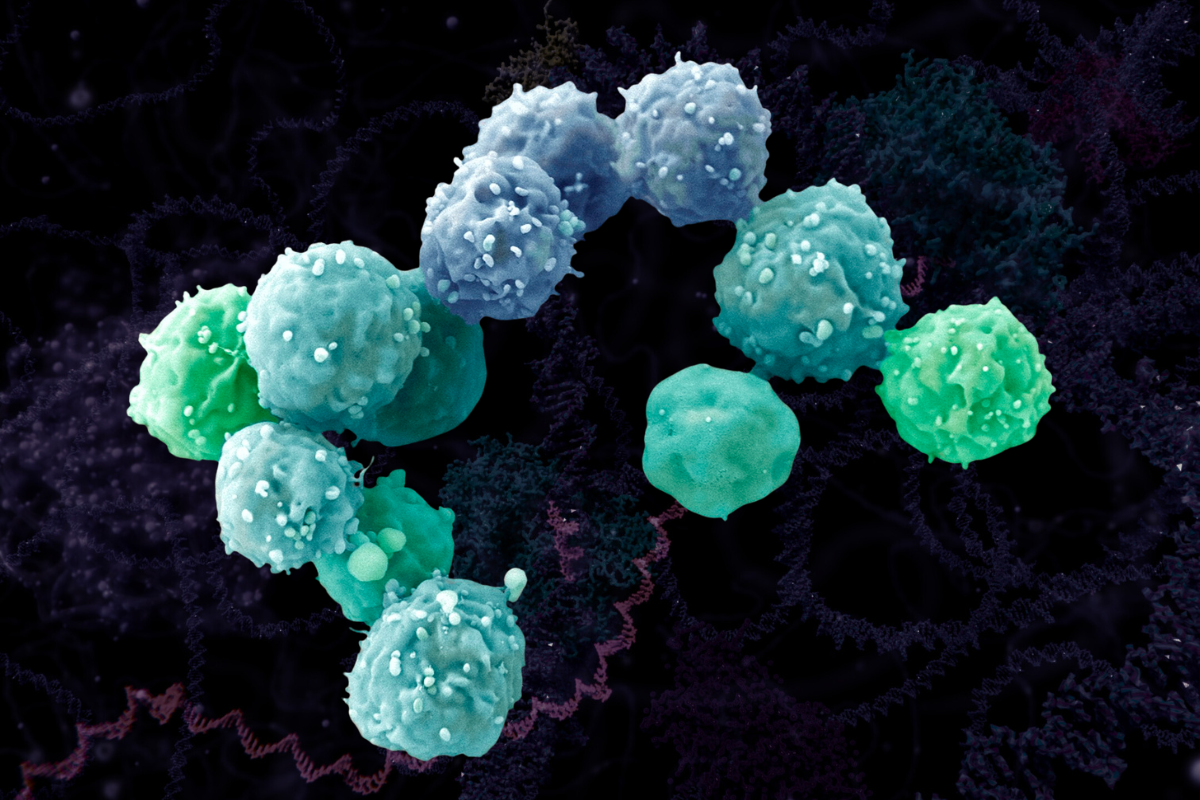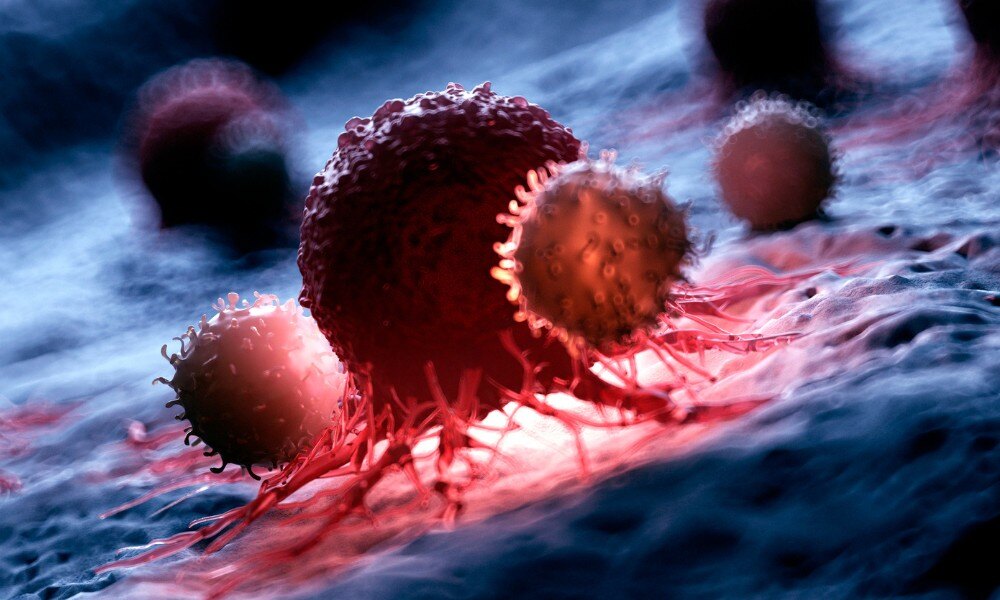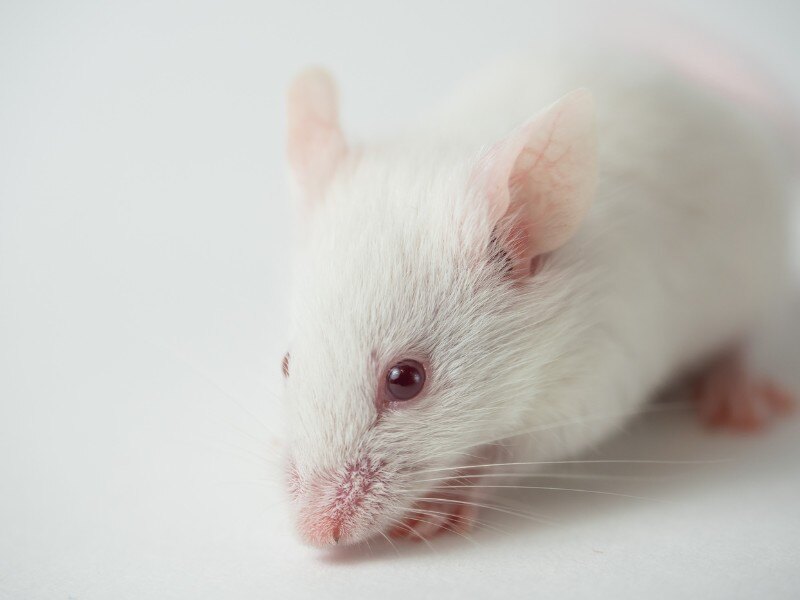Finding New Immunotherapy Targets for Solid Brain Tumour CAR Ts with RNAseq in Cancer-Specific Exons

A project from researchers at St. Jude Children’s Research Hospital, Memphis, TN have outlined their novel workflow for the identification of immunotherapy targets. The team at St. Jude are currently focused on developing chimeric antigen receptor (CAR) T therapies that can treat solid paediatric brain tumours.
CAR T therapies are a form of cell therapy that use killer T cells with genetically modified, cancer-recognising receptors. Although CAR T therapies have proven promising, their successes have mostly been limited to liquid cancers. Furthermore, their therapeutic potential can be bottlenecked by the number of targetable tumour antigens available.
RELATED:
- UPenn Medicine Presents Promising Phase I CAR T Trial with Novel Binding Mechanism
- Axion Biosystems: CAR T Cell Potency Assessment with 3D Cancer Spheroid Models
- Therapy In the Spotlight: CAR T Cell Therapy—Significant Approvals and Regulatory Concerns
One potential avenue for the discovery of new targets that has not been exhausted are cancer-specific exons. The paper says that cancer-specific exons have not been systematically explored and validated in a pan-cancer fashion.
To fill this gap in research, the team looked at 1532 RNA-seq datasets which covered 16 types of childhood brain tumours comparing them with normal tissues. Their findings published in Nature Research announced that they found 2933 exons in 157 genes which encoded highly cancer-specific proteins – 148 at the gene level and 9 at the spliced isoform level.
Two of the targets which came out of this analysis were the alternatively spliced EDB domain of fibronectin 1 and the gene target COL11A1 which are both validated in paediatric patient derived xenograft tumour models.
Co-corresponding author and Chair of the St. Jude Department of Bone Marrow Transplantation and Cellular Therapy, Stephen Gottschalk said of the findings: “We discovered targets for cancer immunotherapy, which hopefully can be translated in the future into curative approaches. We’ve given the field a large set of potential targets and validated at least one, COL11A1.”
Armed with these targets, the team generated CAR T cells which targeted the EDB domain of fibronectin 1 or COL11A1. Furthermore, they tested their CAR T cells and saw that they had demonstrable anti-tumour activity. The team at St Jude's have published the full list of target candidates that they discovered using this workflow, which is freely available online.
“In addition to validating the selected targets, we have built a data resource for the community,” said co-corresponding author Jinghui Zhang, St. Jude Department of Computational Biology. “The final list is available in a web portal. Others can evaluate the evidence and pursue any of these targets.”
"Our portal empowers the users to explore these targets and the underlying data,” Gottschalk said. “Other scientists can say, ‘Is this target present in a particular paediatric cancer subtype?’ They can access that information in the Cloud and do their own analysis.”







